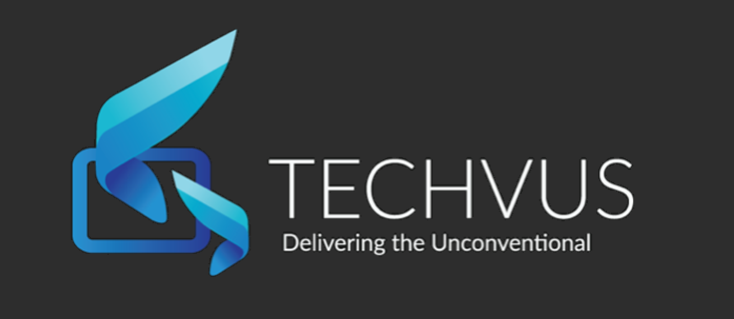Perspective
Introduction to Blockchain
Blockchain promises to be a disruptive technology that revolutionise the current Internet experience.
Overview
Blockchain is a database that is distributed among a community of members, meaning that all the participants work together to maintain the log of entries and transactions.
Why it is called blockchain? Blockchain is an ever-lengthening chain of blocks of data and each block contains a record of a transaction that is locked in chronological order and secured using cryptography.
Once added, records in the chain are permanent and immutable. Records cannot be lost or denied. Community of members will perform group verification on the records in the chain and thus removes the need for intermediaries.
The Block and the Chain
Data is stored digitally in a record called “block”. This block contains “block header” which contains information about the block, such as unique block reference number also known as the hash, as well as the hash of the previous block and timestamp of which the block was created.
The block acts like a ledger entry of a transaction.
While the blocks form a chronological database of transactions that is shared between multiple nodes (e.g. computers and servers) in a network, each block contains the reference of previous block and thus link together, chronologically to form a chain.
Altering the content of the block would changes the hash of that block, impacts other blocks in the chain and alert members in the network.
How to Form a Blockchain?
The chain is formed through a 4 or 5 steps process: -
Transaction: Two parties agree to make a transaction, it could be of any information that can described in a digital format.
Smart contracts (used in some blockchains only): A smart contract is a piece of software that sits within a blockchain. When information is entered into the block and when the agreed terms are met, the smart contract automatically triggers the action that requires verification.
Creating new block: The record of the transaction becomes a new block containing the transaction details, unique hash and reference to the previous block’s hash. It is a sequence of linked hashes creates a secure chain between blocks.
Becoming part of the chain: For a new block to become part of the chain, it must be validated by the members in the network (nodes) via an agreed “consensus mechanism”.
Distribution to members in the network: Once a block has been validated and added to the blockchain, it will be distributed to all members of the network. The transaction is recorded in near real time without the need for third party push and cannot be altered.
What is consensus mechanism?
Consensus mechanisms make blockchains more secure by making it labour intensive to tamper with blocks. Different blockchains use different mechanisms; one common mechanism is called “proof of work” – where servers within the network solve a mathematical puzzle derived from the block’s header to validate the record.
To change a block would mean solving mathematical puzzles for all of the blocks in the chain. This would take a long time, giving members of the network time to identify the change taking place.
Blockchain
Blockchain is the most successful and common implementation of a distributed ledger system.
The specific system underpinning bitcoin, the original blockchain.
A bitcoin service provision company.


